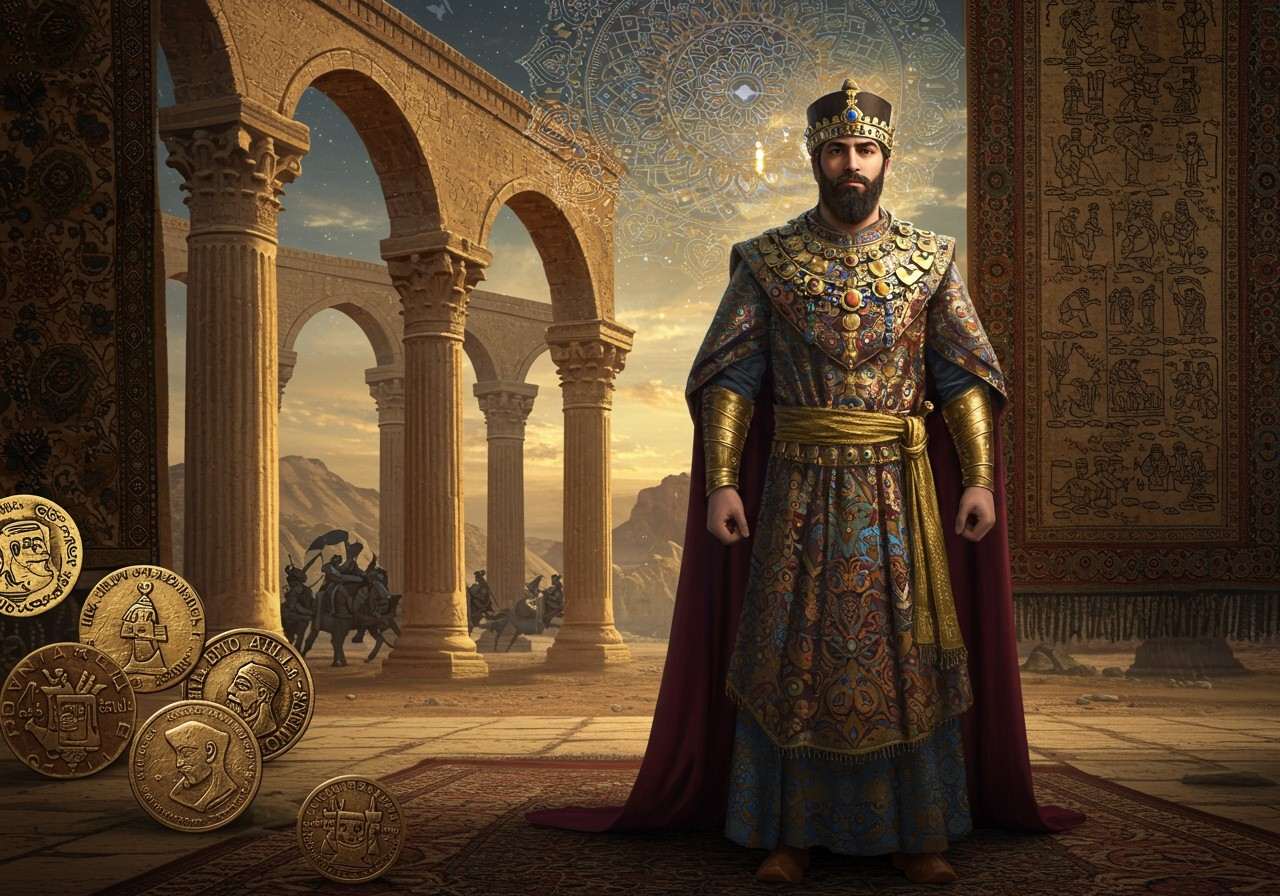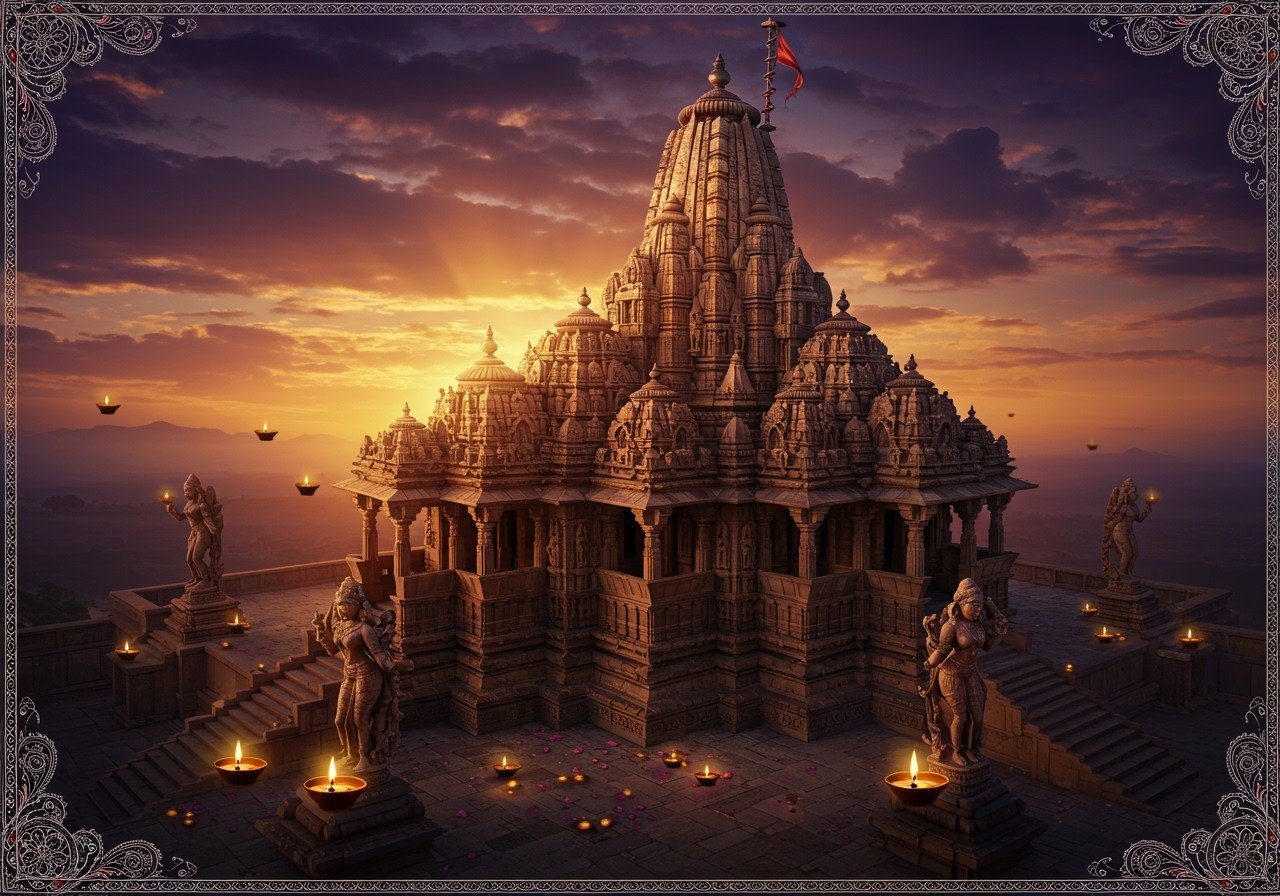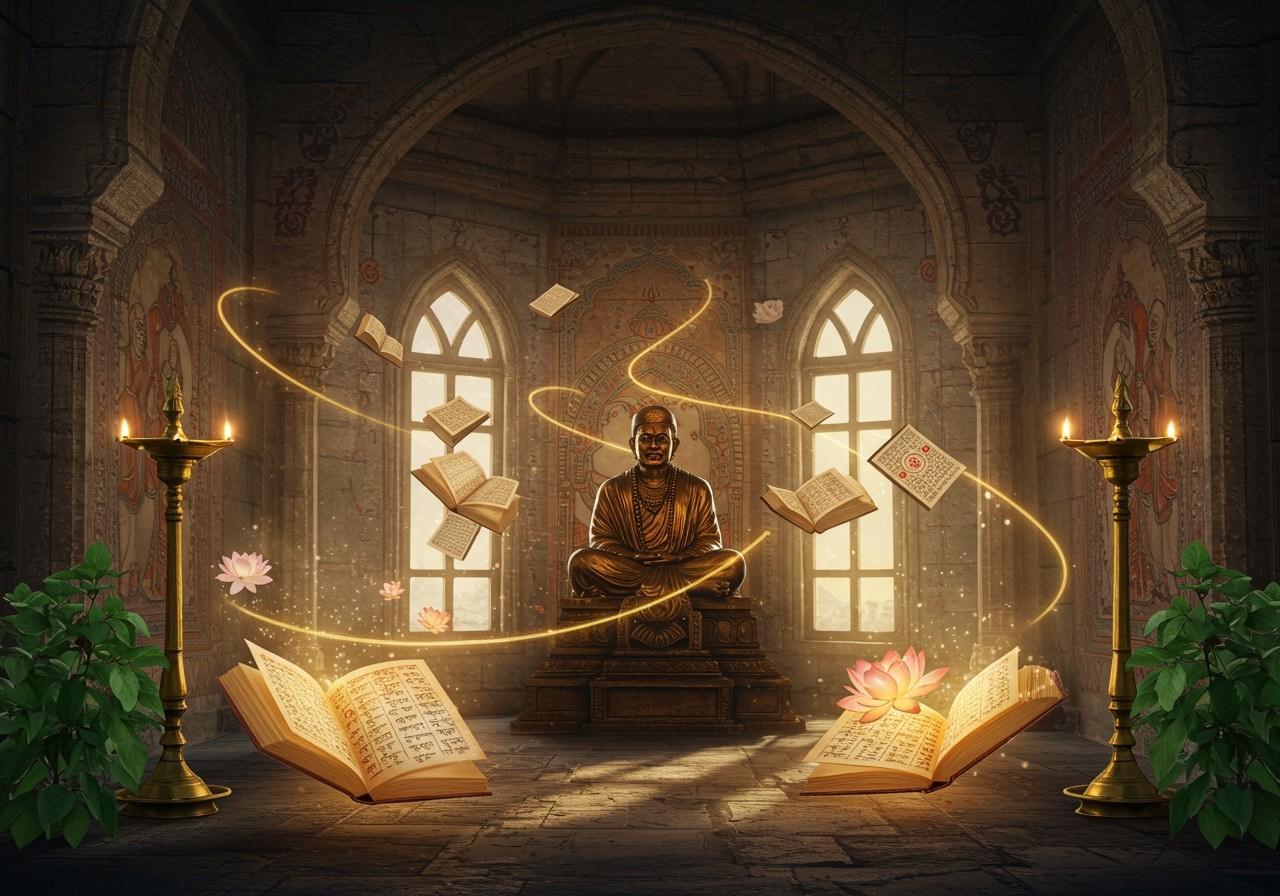
Step back in time with us, into a fascinating period of our history that often remains in the shadows. Let’s talk about the Kushano-Sasanians, a powerful dynasty that flourished in the 3rd and 4th centuries CE. Known also as the Kushanshas or Indo-Sasanians, they built a kingdom that was a true melting pot of cultures, a bridge connecting the great Roman, Indian, and Chinese worlds. Their story is not just about kings and conquests; it’s about the beautiful coming together of art, faith, and commerce that has left a lasting impression on our heritage.

A Kingdom at the Crossroads of Empires
The Kushano-Sasanians were a branch of the mighty Sasanian Persians who established their rule in regions like Bactria and Gandhara around 225 CE. They weren’t just simple governors; they were powerful rulers who even minted their own coins and proudly took the title of “Kushanshah” or “King of the Kushans.”
Think of them as a sub-kingdom within the larger Sasanian Empire, managing their own affairs with a unique blend of Sasanian governance and local Kushan traditions. However, their journey was filled with challenges. They faced constant pressure from invaders like the Kidarite Huns, who eventually took over much of their territory. There were also internal power struggles, like the brave but unsuccessful rebellion by Hormizd I Kushanshah against the Sasanian Emperor Bahram II. Their story is a powerful reminder of resilience and the constant ebb and flow of history.
A Beautiful Sangam of Faith and Culture
What truly makes the Kushano-Sasanian era special is the incredible harmony of different cultures and religions. It was a time when faith was not a wall but a bridge. Their coins tell a fascinating story: on one side, you might find an image of Lord Shiva with his beloved Nandi, showing a deep respect for Shaivite Hinduism. On another, you’d see a Zoroastrian fire altar, a testament to their Persian roots.
This was also the time when the prophet Mani, the founder of Manichaeism, travelled through Gandhara and was deeply influenced by the Buddhist culture he encountered there. This peaceful coexistence of Hinduism, Zoroastrianism, and Buddhism created a unique spiritual environment that fostered incredible art and philosophy, shaping the cultural landscape for centuries to come.

The Economic Heartbeat of the Silk Road
The Indo-Sasanians held the keys to some of the most important trade routes of the ancient world. Their kingdom was the bustling heart of commerce, with cities like Kabul, Balkh, Herat, and Merv becoming major economic centres. They minted their own beautiful coins, featuring legends in scripts like Brahmi, Pahlavi, and Bactrian. These coins were not just currency; they were a symbol of their power and a passport for goods travelling between East and West. The discovery of these coins across Afghanistan and Pakistan shows a time of peaceful trade and diplomatic relations, proving that prosperity often follows cultural exchange.
Connecting with Our Ancient Rituals
Learning about such a rich history inspires us to connect with the timeless traditions that have been passed down through generations. The practice of dhyana (meditation) and pooja has always been a cornerstone of our culture, a way to find inner peace and spiritual connection. The Kushano-Sasanian period, with its reverence for different faiths, reminds us of the deep spiritual roots of our land.
To help you in your own spiritual journey, having the right puja essentials can create a serene and authentic atmosphere. For moments of prayer and meditation, comfort and tradition are key. A Kushasan, made from original Kush grass according to Vedic processes, provides a pure and sacred seat for your rituals. It is believed that Kusha grass helps in retaining spiritual energy.
You can find this authentic Kushasan (कुश आसन) on poojn.in, your trusted partner for all cultural and spiritual needs.
Unravelling More About the Indo-Sasanians
Many people often wonder about the true nature of the Kushano-Sasanian empire. They were essentially a fascinating fusion, a semi-autonomous kingdom under the larger Sasanian umbrella, blending Persian and Indian traditions seamlessly. Their influence on ancient trade was immense, as they controlled vital arteries of the Silk Road, which not only boosted the economy but also allowed for a rich exchange of ideas and culture.
Their artistic legacy is another area of great interest. You can see a beautiful synthesis of Hellenistic, Persian, and Indian styles in their sculptures and coinage. This art was more than just decorative; it was a form of political statement and religious expression. The end of their rule came with the rise of new powers like the Kidarites and Hephthalites, but their administrative systems and cultural achievements left an indelible mark on the region. Studying the Kushano-Sasanians is vital today because it teaches us about the interconnectedness of ancient civilisations and the rich, multicultural fabric of our own history.
A Legacy That Endures
The Kushano-Sasanians may seem like a distant chapter in a history book, but their legacy is all around us. They were the architects of a connected world, proving that different cultures could not only coexist but also create something new and beautiful together. Their story is a powerful reminder of the rich tapestry of human history, where every thread, no matter how small, adds to the magnificent design. By embracing their legacy, we don’t just learn about the past; we gain a deeper appreciation for the wonderfully diverse and interconnected world we call home.


